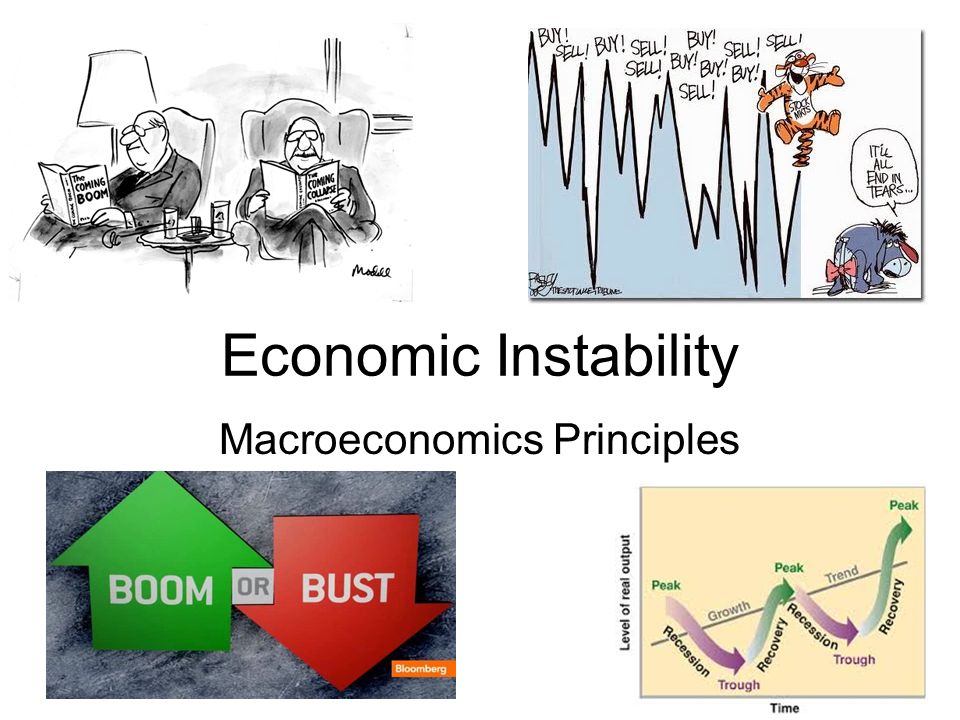The pandemic and now the war in Ukraine have altered how America's economy functions. While economists have spent months waiting for conditions to return to normal, they are beginning to wonder what "normal" will mean.
Some of the changes are noticeable in everyday life: Work from home is more popular, burrito bowls and road trips cost more, and buying a car or a couch made overseas is harder.
But those are all symptoms of broader changes sweeping the economy — ones that could be a big deal for consumers, businesses and policymakers alike if they linger.
Consumer demand has been hot for months now, workers are desperately wanted, wages are climbing at a rapid clip and prices are rising at the fastest pace in four decades as vigorous buying clashes with roiled supply chains. Interest rates are expected to rise higher than they ever did in the 2010s as the Federal Reserve tries to rein in inflation.
History is full of big moments that have changed America's economic trajectory; the Great Depression of the 1930s, the Great Inflation of the 1970s and the Great Recession of 2008 are examples. It is too early to know for sure, but the changes happening today could prove to be the next one.
Economists have spent the past two years expecting many of the pandemic-era trends to prove temporary, but that has not yet been the case. Now Russia's invasion of Ukraine threatens to roil the global geopolitical order, yet another shock disrupting trade and the economic system.
For Washington policymakers, Wall Street investors and academic economists, the surprises have added up to an economic mystery with potentially far-reaching consequences. The economy had spent decades churning out slow and steady growth clouded by weak demand, interest rates that were chronically flirting with rock bottom, and tepid inflation. Some are wondering if, after repeated shocks, that paradigm could change.
"For the last quarter-century, we've had a perfect storm of disinflationary forces," Jerome Powell, the Fed chair, said last week. "As we come out the other side of that, the question is, what will be the nature of that economy?"
The Fed began to raise interest rates this month in a bid to cool the economy down and temper high inflation, and Powell made clear last week that the central bank planned to keep lifting the rates — perhaps aggressively. After a year of unpleasant price surprises, he said the Fed will set policy based on what is happening, not on an expected return to the old reality.
The pre-pandemic normal was one of chronically weak demand. The economy today faces the opposite issue: Demand has been supercharged, and the question is whether and when it will moderate. Before, globalization had weighed down both pay and price increases because production could be moved overseas if it grew expensive.
Gaping inequality and an aging population both contributed to a buildup of savings stockpiles, and as money was held in safe assets , it seemed to depress growth, inflation and interest rates across many advanced economies.
Then came the coronavirus.
Governments around the world spent huge amounts of money to get workers and businesses through lockdowns; the United States spent about $5 trillion.
The era of deficient demand abruptly ended, at least temporarily.
The money, which is still chugging out into the U.S. economy from consumer savings accounts and state and local coffers, helped to fuel strong buying as families snapped up goods like lawn mowers and refrigerators.
Global supply chains could not keep up.
Companies were rehiring as the economy reopened from the pandemic and to meet the burst in consumption, so labor was in high demand. Workers began to win the raises they wanted or to leave for new jobs and higher pay.
The world of slow growth, moderate gains in wages and low prices evaporated — at least temporarily. The question now is whether things will settle back down to their pre-pandemic pattern.
The argument for a return to pre-pandemic norms is straightforward: Supply chains will eventually catch up. Shoppers have a lot of money in savings accounts, but those stockpiles will eventually run out, and higher Fed interest rates will further slow spending.
As demand moderates, the logic goes, forces like population aging and rampant inequality will plunge advanced economies back to pre-pandemic norms. Fed officials mostly think that reversion will happen. Their estimates suggest low inflation and slow growth will be back within a few years and that interest rates will not have to rise above 3% to achieve that moderation.



 RSS Feed
RSS Feed